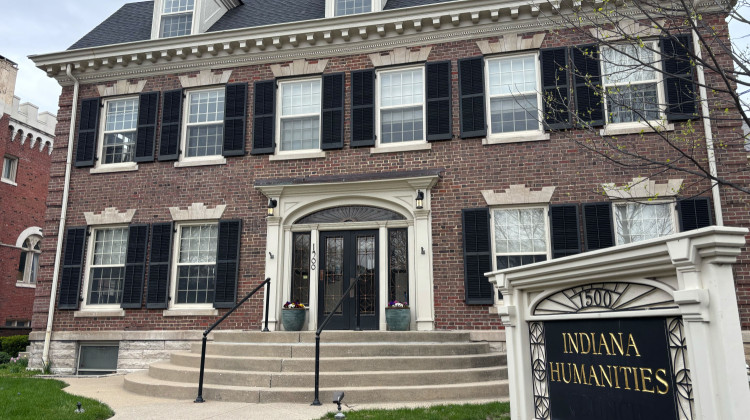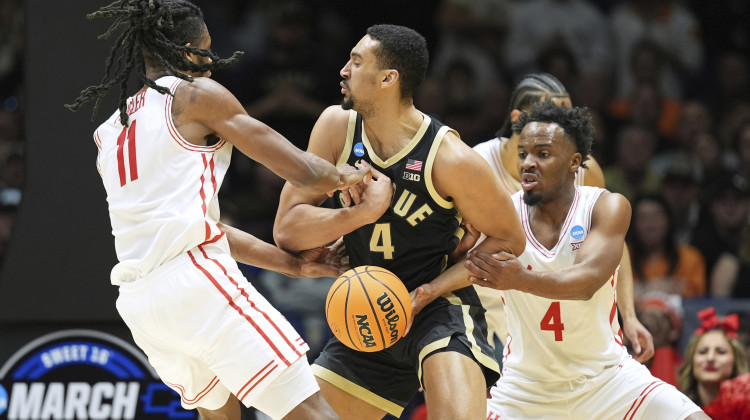Subaru could have radically changed the Outback for 2020. The design team explored options from super sleek wagons to upright crossovers that would make the proverbial outhouse look aerodynamic. Yet, when they discussed what current and potential owners wanted, it was obvious the shape should look like, well, an Outback.
Sure, drivers expected all of the latest safety and infotainment gear, and had desires for sportier versions with a more refined ride, but they expect it to look like a jacked wagon. I traveled to Northern California to see if the redesigned wagon lives up to its legend.
Upscale Style, Upscale Buyers
By demographics, Outback customers are an accomplished lot. Sales skew 52% male, 78% married, and 25% with kids at home. They’re well-educated given 37% have college degrees while 32% earned post-graduate degrees. Typical household incomes range $75,000-99,000 and beyond. These are people who generally can afford much more expensive cars, but choose Outbacks.
Product planners wrestled with the car’s magic formula. Safety, reliability, and all-wheel-drive capability were at the top of the list. It provides the fuel efficiency of a compact crossover, the interior space of a mid-size crossover, and the drivability of a passenger car. Unlike most crossovers, owners can stand on the ground to loft bicycles and kayaks to the luggage rack, bespoke with built-in crossbars and newly added tie-downs. A reward for being unique, Subaru sells about 200,000 Lafayette, Indiana-built Outbacks per year – serious volumes for station wagons.
Returning from the previous generation are base, Premium, Limited, and Touring editions plus a new Onyx XT trim that is the sportiest version with black grille, black wheels, blacked-out logos, full-size spare tire, and a loaded interior with faux leather and lime green stitching. The last is aimed at a younger audience, which it surely will garner. It’s my favorite.
Aficionados will notice a more streamlined body, LED headlamps, vertical LED foglights, and restyled taillamps. Wheelwells are now protected by gray plastic. Inside, an available 11.6-inch tablet-style touchscreen enhances function while proper volume, tuning, and seat controls maintain simplicity of use. Apple CarPlay, Android Auto, Wi-Fi, Bluetooth, and eight USB ports let owners connect almost anything. Smartphones can be charged wirelessly, too.
Subaru’s twin-camera EyeSight crash avoidance system, which includes adaptive cruise, stop-and-go, lane centering, blind spot warning, and auto brake is standard. There’s also reverse auto braking and a new facial recognition system that alerts drivers when they seem drowsy. A new front camera aids trail carving. Slightly increased interior dimensions and new hands-free power liftgate add convenience.
Turbo Power, 30-MPG
Going into 2020, the Outback employs two engines: A 2.5-liter delivering 182 horsepower or an optional 2.4-liter turbocharged four-cylinder conjuring a peppy 260 horsepower. Fuel economy has been an Outback hallmark and remains so. Base engines deliver 26/33-MPG city/highway while the turbo nets 23/30-MPG. Both route power to the standard all-wheel-drive system through a continuously variable automatic transmission. Towing capacity is 2,700 lbs. for the base engine, 3,500 lbs. with turbos.
We drove the Outback all-day in and around the Redwood Forest, including nine miles of strenuous off-road trails. It maintains 7.8 inches of ground clearance to conquer obstacles that would embarrass some seriously capable SUVs, and pushed through hairpin turns on Highway 1 along the Pacific. Between, there was time to stomp the engines and explore the Outback’s inner kitsch by driving through a giant redwood tree.
In all conditions, the car maintained composure and tackled terrain beyond expectations. Improvements allowed it to shift torque seamlessly during off-camber hill climbs while X-Mode provided hill descent control to creep down steep inclines. The body structure is noticeably more rigid for a quieter ride and enhanced crash performance. The overall impression is more Audi than mid-size Japanese wagon.
My family owns a 2017 Outback. If Subaru had interviewed me, I would have told them to create what’s appeared for 2020. It’s slightly larger, the chassis feels crisper, steering is sharper, infotainment is cutting edge, and the Onyx trim is super cool. All in, Subaru simply built a better Outback and I suspect there will be few complaints. Base models start at $26,645 while the most popular Premium trim rises from $28,895. Onyx XT editions cost $34,895 while top Touring XT versions reach $39,695. In all forms, that’s an incredible value.
Storm Forward!
Send comments to Casey at AutoCasey@aol.com; follow him on YouTube @AutoCasey.
 DONATE
DONATE





















 Support WFYI. We can't do it without you.
Support WFYI. We can't do it without you.